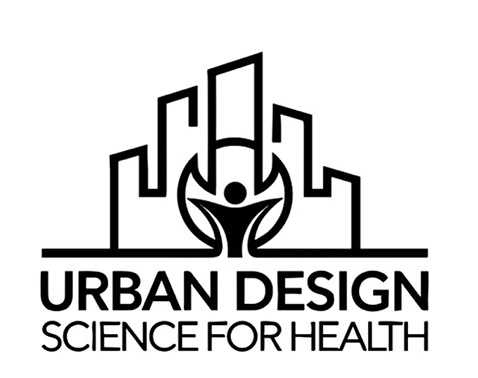
Urban Design Science for Health
Laboratory on Urban Design Science for Health
Associate Professor:KOOHSARI Javad
E-mail:
[Research areas]
Urban Design; Public Health
[Keywords]
Built Environment; Health & Sports Promotion; Green Spaces; Mental Health; Urban Form
Skills and background we are looking for in prospective students
Students from different disciplines, who have an enthusiasm for conducting ‘interdisciplinary science’, are welcome to join this laboratory. Basic knowledge of statistics and good English written and oral communication skills are required.
What you can expect to learn in this laboratory
Dr Koohsari obtained his PhD in Urban Design and another PhD in Health & Sport Sciences. With over 6400 citations, in 2021, 2022, 2023, and 2024, he was recognised in the top 2% of most influential researchers worldwide across all scientific disciplines (Stanford University & Elsevier). Students graduating from this laboratory will gain a solid understanding of scientific theories and conduct research on the emerging field of urban design science and health.
【Job category of graduates】 Academic jobs, Consultant companies, Civil servant
Research outline
The main focus of this laboratory is to provide science-based knowledge on how urban design science can contribute to population health, particularly in the context of super-aged societies. This lab considers urban design as a science, not an art. This challenges the common perspective in the field, where architects (who dominated the urban design field) often mislabel urban design as a subset of architecture. Such mislabeling overlooks the key role of urban design in addressing issues that directly influence people’s lives and well-being. Urban design is not only about aesthetics or iconic structures but also about creating environments that improve people’s health. Therefore, it is necessary to establish urban design principles and practices that are well-grounded in science rather than relying on architects’ creativity, which is not necessarily based on science.
This lab applies a scientific framework to understand how to redesign the built environment to support population health. Below are some examples of topics related to this lab:
- Investigating pathways through which built environment might influence health outcomes.
- Understanding the effects of built environment attributes on health.
- Developing new tools to measure built environmental exposures in health studies using geospatial techniques.

Fig. Urban Design Science for Health Lab
Key publications
Dr Koohsari has a publication record with over 125 refereed journal articles (such as in Nature Reviews Cardiology). Some of his publications is listed here:
- Koohsari, M. J., Kaczynski, A. T., Ozbil Torun, & Oka, K. (2024). Can Urban Design be a Science for Health Studies?. Urban Design International.
- Koohsari, M. J., Kaczynski, A. T., Yasunaga, A., Hanibuchi, T., Nakaya, T., McCormack, G. R., & Oka, K. (2024). Active Workplace Design: Current Gaps and Future Pathways. British Journal of Sports Medicine. 58(19): 1157-1158
- Koohsari, M. J., Oka, K., Nakaya, T.,Vena, J., Williamson, T., Quan, H., & McCormack, G. R. (2023). Urban design and cardio-metabolic risk factors. Preventive Medicine. 173: 107552.
- Koohsari, M. J., McCormack, G. R., Nakaya, T., & Oka, K. (2020). Neighbourhood built environment and cardiovascular disease: Knowledge and future directions. Nature Reviews Cardiology. 17(5): 261-263.
Equipment
Statistical software, Geospatial software
Teaching policy
This laboratory supports students to be active participants in their learning process. This will be accomplished by encouraging students to take an active role in deciding upon, learning about, and leading their research ideas and interests, with considerable support and guidance.
[Website] URL:https://www.jaist.ac.jp/ks/labs/koohsari/